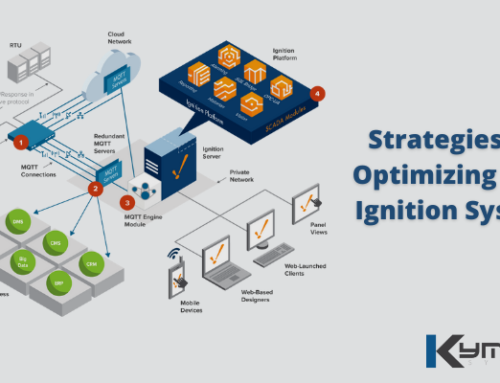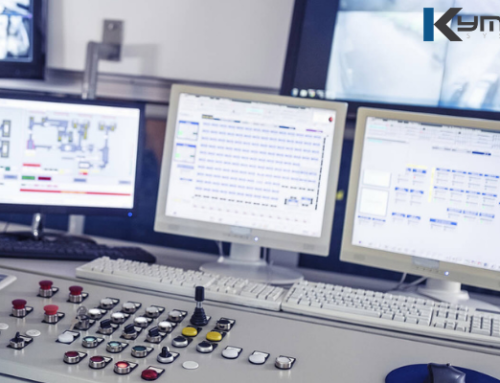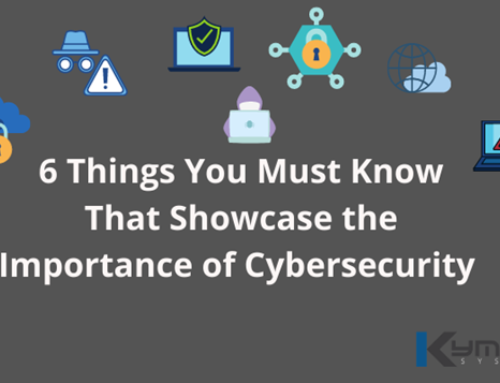The Internet of Thing (IoT) is changing the world beyond recognition, both in the industrial sector and our private lives. And the number of internet-connected devices is set to almost double from 2018 to 2020. This exponential rise in IoT devices is believed to happen in large part because of the arrival of 5G in 2019.
One of the distinct ways how 5G will impact IoT devices is the connection speed between them and the internet. According to Scott Stonham from IHS Markit, “5G promises to offer more than just speed increases, [it’s going to] improve the consistency of experience, and the number of things that can be connected to a network.”
He also went on to say that “These improvements will enable the rapid growth of the number of connected ‘things,’ also known as the Internet of Things (IoT), plus the development of wirelessly connected mission-critical and delay-sensitive services and equipment, such as industrial robots, and airborne commerce or delivery by drone.”
As for Tim Sherwood, VP of Mobile Strategy at Tata Communications, he noted that 5G would offer brands the opportunity to “scale networks up to the promised speeds of 5G as well as scale down to support narrowband [connections]. This is a key requirement for enterprises looking to efficiently deploy a wide variety of enterprise mobile and IoT use cases at scale across multiple operators and multiple locations around the world.”
Machine Learning and IoT Devices
Regarding self-driving cars, remote surveillance, and all sorts of other IoT devices, 5G is a definite necessity. Machine-learning and artificial intelligence require a higher bandwidth and a more responsive network to realize their full potential.
“Many industries are facing fundamental disruptions that demand they transform their underlying business model. From media and entertainment to manufacturing and transportation, companies must find new ways of working and increase their performance.
Many face intense and growing competitive pressure in dynamic markets where the lifecycle of new products and service introductions is constantly shrinking. 5G has the potential to help,” said Jason Elliott, 5G Market Development Manager at Espoo.
Is 5G Financially Viable?
It is a hard question to answer. While a 5G connectivity can dramatically increase the speed at which IoT industry is developing, the financial costs for those who have to implement it is another question altogether.
Communications service providers (CSPs) will have a tough time in making 5G profitable. “CSPs are going to need to invest billions of dollars to enable 5G. Consumers will continue to demand speed and stability, while CSPs are expected to struggle with declining revenue per byte, combined with the necessity to make large investments in networks while facing high amounts of debt.
Business models will need to evolve so that the revenues accrued are in line with the huge investments that need to be made,” said Manish Vyas, President of Communications Business, at Tech Mahindra.
Conclusion
One solution that Vyas proposes is that CSPs and other industries shift their business models in such a way as to embrace the IoT with fully integrated, scalable, and secure software solutions.





